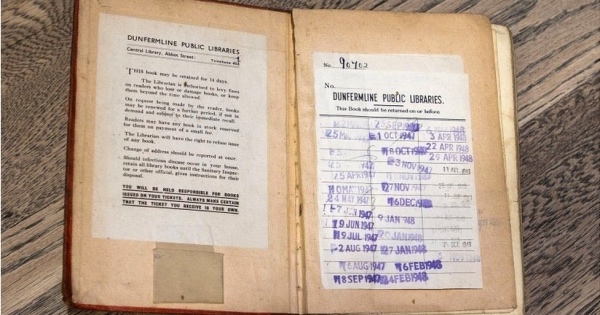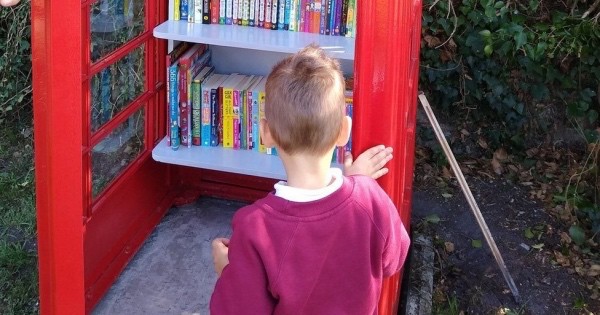For many bibliophiles, the idea of being a librarian sounds like a dream come true. No doubt there’s plenty of work to be done, but being surrounded by thousands of books must help take the edge off. However, in the Victorian era, the role of a librarian carried a certain stigma to it, especially for female librarians.
As JSTOR Daily reports, in the late nineteenth century, Librarian Rosalee McReynolds wrote about the potential perils of being a female librarian. As life became more urbanized in the second half of the century, men began moving to more commercial work. Meanwhile, the idea that women should remain at home doing nothing as servants did all the work became a popular status symbol. McReynolds wrote: “Ironically, while a man was judged positively for hard work, he gained further status in accordance with the leisure enjoyed by his womenfolk.”
As you can imagine, being cooped up in the house all day doing nothing wasn’t great for women’s mental health and resulted in conditions known as “nerves” or “amorphous female complaints.” Unfortunately, these ailments also became glamorous and, as McReynolds puts it, “Nerves became synonymous with the pampered woman and the popular image of her became that of the exhausted beauty prostrate on her chaise lounge.”
By the 1860’s, demographics began to change and, particularly in urban areas, women were getting married later in life and didn’t have family money to support them. Becoming a librarian was an obvious choice for these women. Many of them had graduated from women’s colleges and were therefore educated. The job was considered suitable for women as it didn’t involve much physical work and administrators were happy to have this competent (and cheap) workforce in their libraries.
Still, many Victorians considered such a job to be too much for the fairer sex and, in 1886, Mevil Dewey (of the Dewey Decimal System) predicted that female librarians would begin to suffer from poor health. The prediction wasn’t quite as inaccurate as it sounds, and a small number of women did indeed experience breakdowns and requested extended periods of absence in order to recover. In fact, in 1900, the Brooklyn Public Library Association planned “to build a seaside rest home for those who had broken down in library service,” McReynolds wrote. A speaker at the American Library Association’s 1910 conference stated he knew fifty librarians who had become incapacitated by their work, some of whom apparently died.
McReynolds writes that we shouldn’t assume these ailments weren’t “real,” and some historians believe the mental health issues faced by some women were caused by their very limited roles in society. However, McReynolds writes that these disorders only affected a small minority of female librarians, though this negatives perception still perforated society. The fear that long hours of work or intellectual stimulation could be harmful to women led some females to avoid seeking employment. Even those who did take up work were often held back by their superiors (both male and female) out of concern for their health.
Fortunately, by the 1920’s, psychiatrists were making more and more progress when it came to mental health and the idea that the role of a librarian, along with other employments for women, was starting to decline. Female workers quickly put an end to such notions with their hard work and competence.

Book Returned to Scottish Library 73 Years Late

Librarian discovers cash inside book returned 53 years late

A virtual library has opened for children in England



